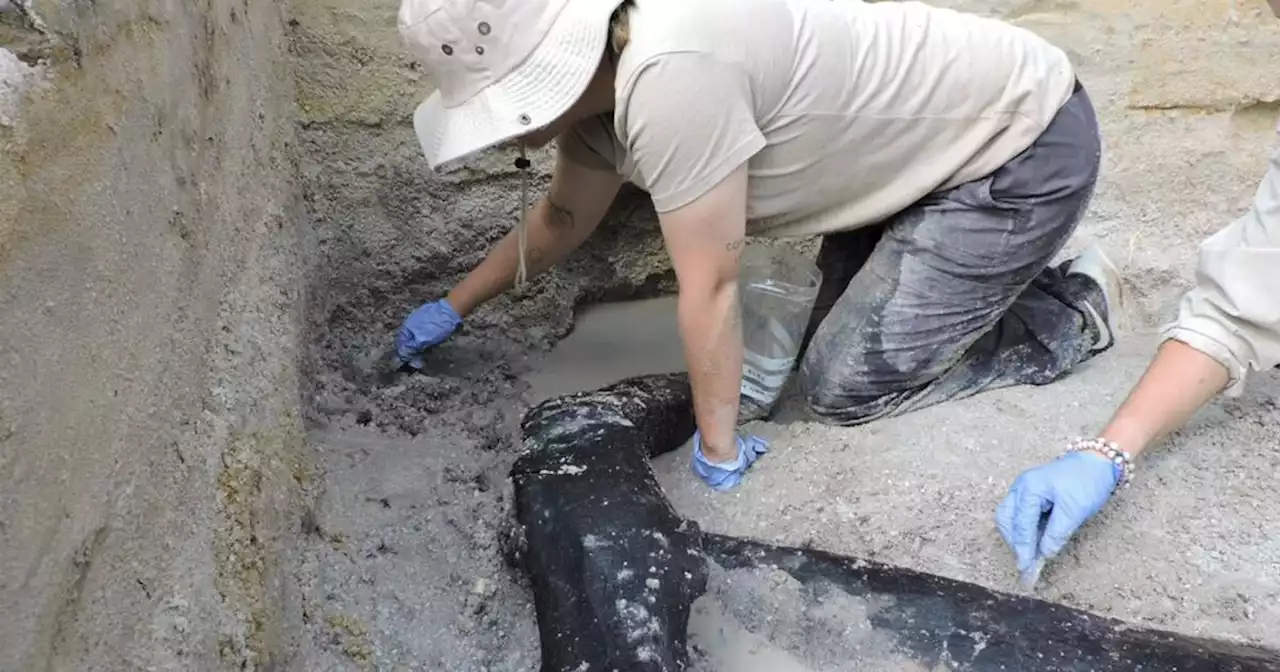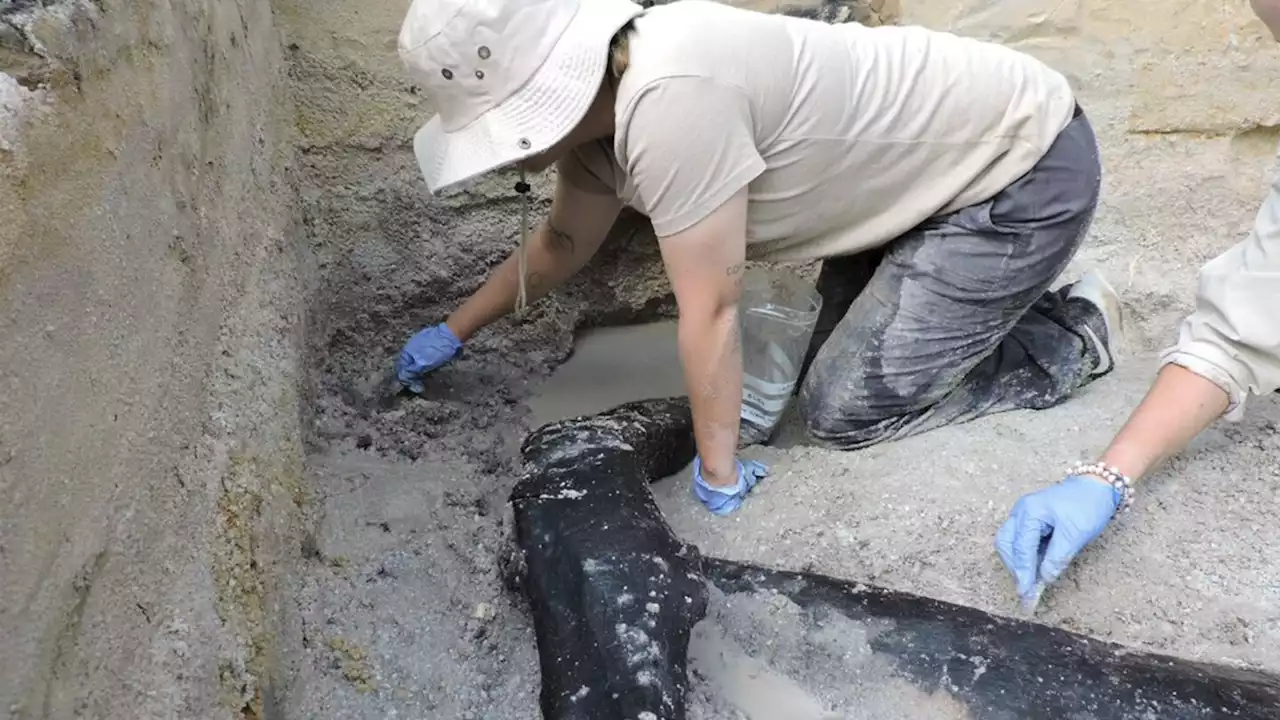This is the oldest evidence in the world of humans intentionally crafting logs to fit together.
Before this discovery, the only known use of wood by humans was for making fire and digging sticks and spears.
This discovery challenges the standard view that Stone Age humans were wanderers. At Kalambo Falls, these humans had a steady source of water and food from the forest. They could settle down and build structures.Moving beyond the conventional Stone Age In Professor Barham's view, their ability to transform their environment to enhance their daily lives, even if it meant constructing a platform by the river for their chores, underscores the striking similarities between these ancient individuals and modern humans. He further highlighted the exceptional value of the Kalambo Falls site as a
Professor Geoff Duller from Aberystwyth University explained that, given the considerable age of these artifacts, assigning precise dates to them presented a significant challenge. To address this issue, luminescence dating techniques were employed.
Canada Latest News, Canada Headlines
Similar News:You can also read news stories similar to this one that we have collected from other news sources.
 Zambia’s Greatest Natural Resource? It’s YouthTevel B'Tzedek, aims to transform poverty-bound subsistence farming into small commercial enterprises that can lift hundreds of millions out of poverty.
Zambia’s Greatest Natural Resource? It’s YouthTevel B'Tzedek, aims to transform poverty-bound subsistence farming into small commercial enterprises that can lift hundreds of millions out of poverty.
Read more »
 Zambia’s President Met With BYD & CATL On A Recent State Visit To ChinaZambia’s President Hakainde Hichilema recently returned from a state visit to China, where he met with BYD and CATL.
Zambia’s President Met With BYD & CATL On A Recent State Visit To ChinaZambia’s President Hakainde Hichilema recently returned from a state visit to China, where he met with BYD and CATL.
Read more »
 This simple log structure may be the oldest example of early humans building with woodA pair of crossed logs in Zambia may be the oldest evidence of early humans building with wood
This simple log structure may be the oldest example of early humans building with woodA pair of crossed logs in Zambia may be the oldest evidence of early humans building with wood
Read more »
 This simple log structure may be the oldest example of early humans building with woodA pair of crossed logs in Zambia may be the oldest evidence of early humans building with wood. That's according to research published Wednesday in the journal Nature.
This simple log structure may be the oldest example of early humans building with woodA pair of crossed logs in Zambia may be the oldest evidence of early humans building with wood. That's according to research published Wednesday in the journal Nature.
Read more »
